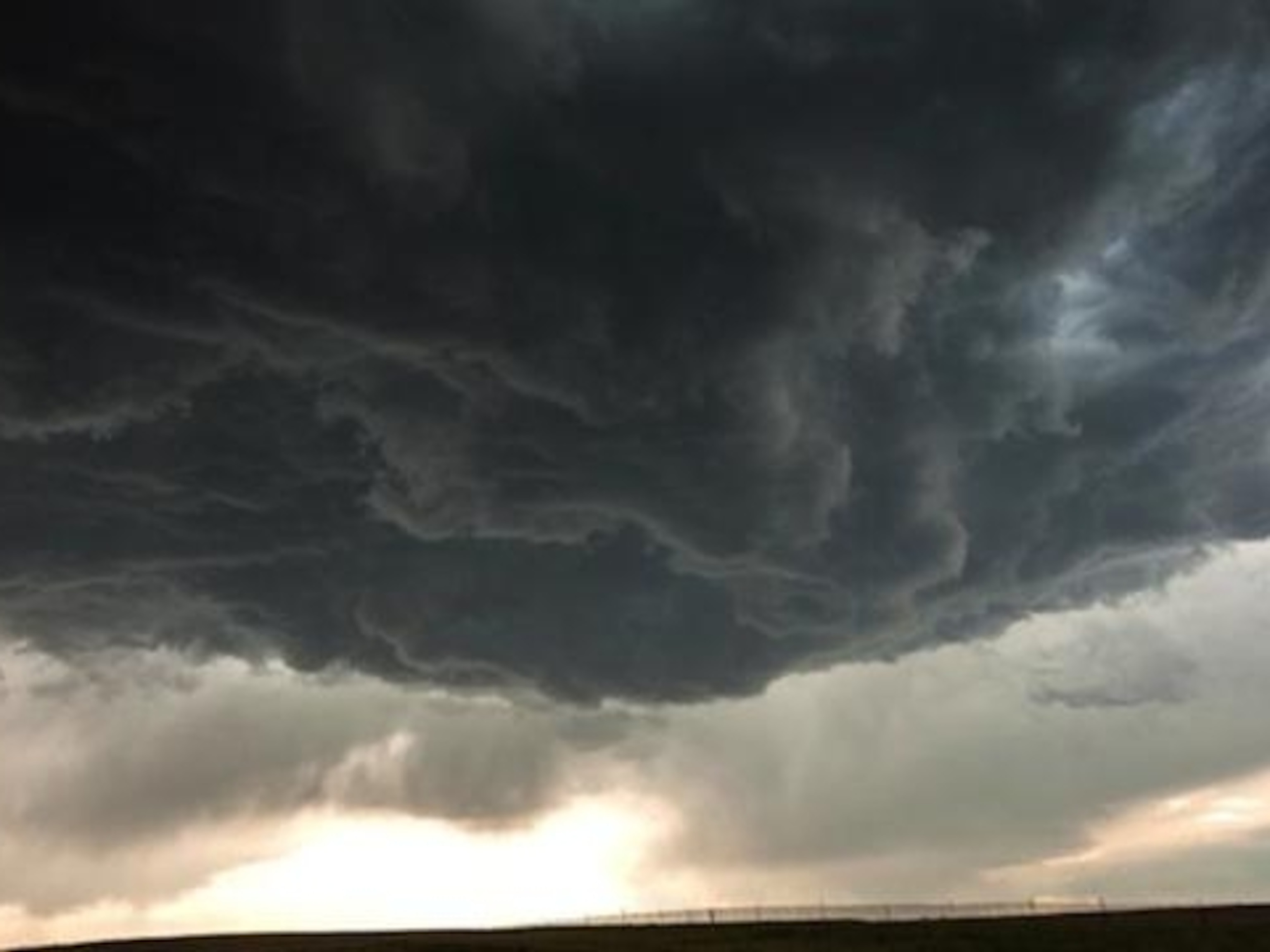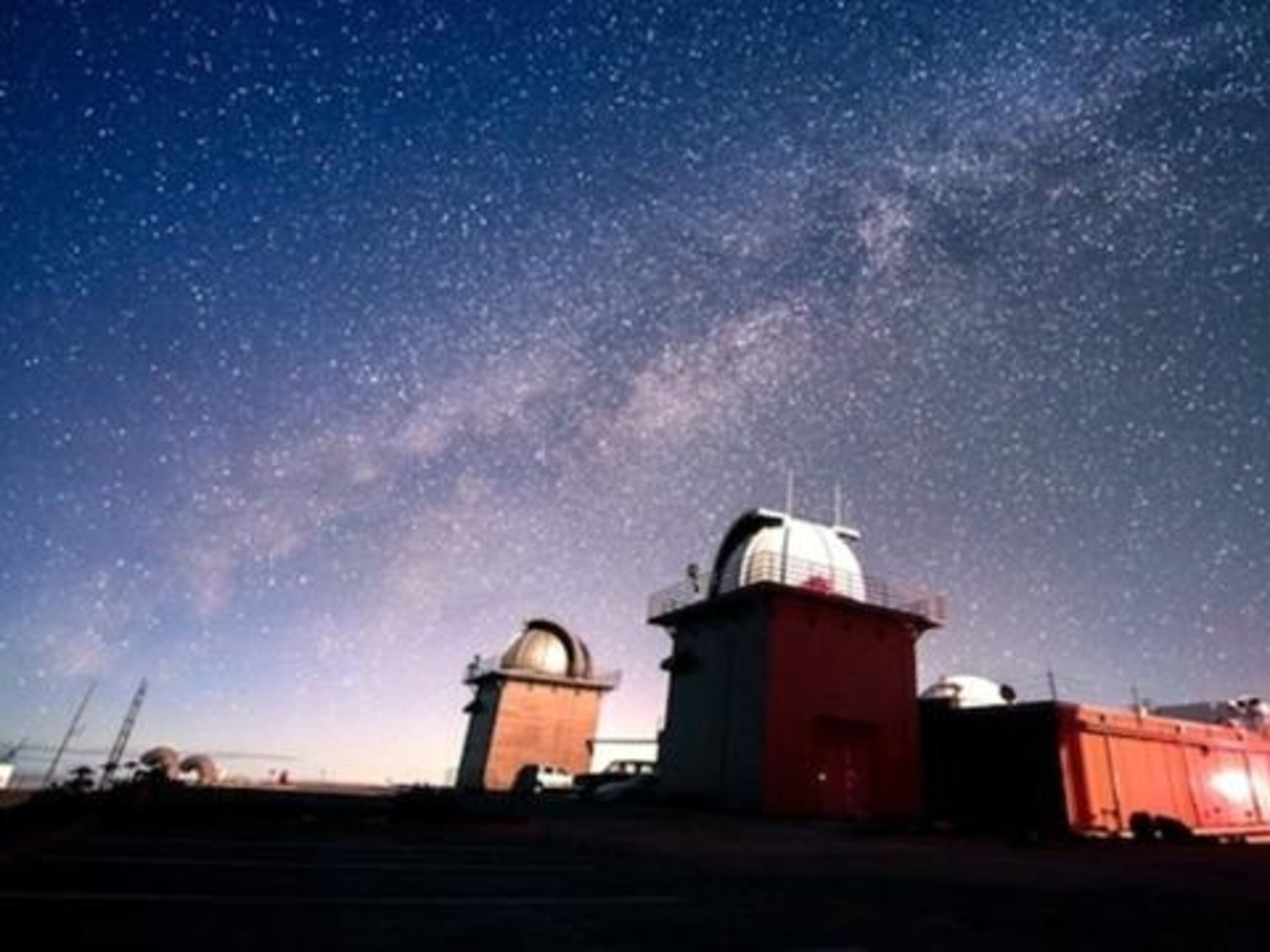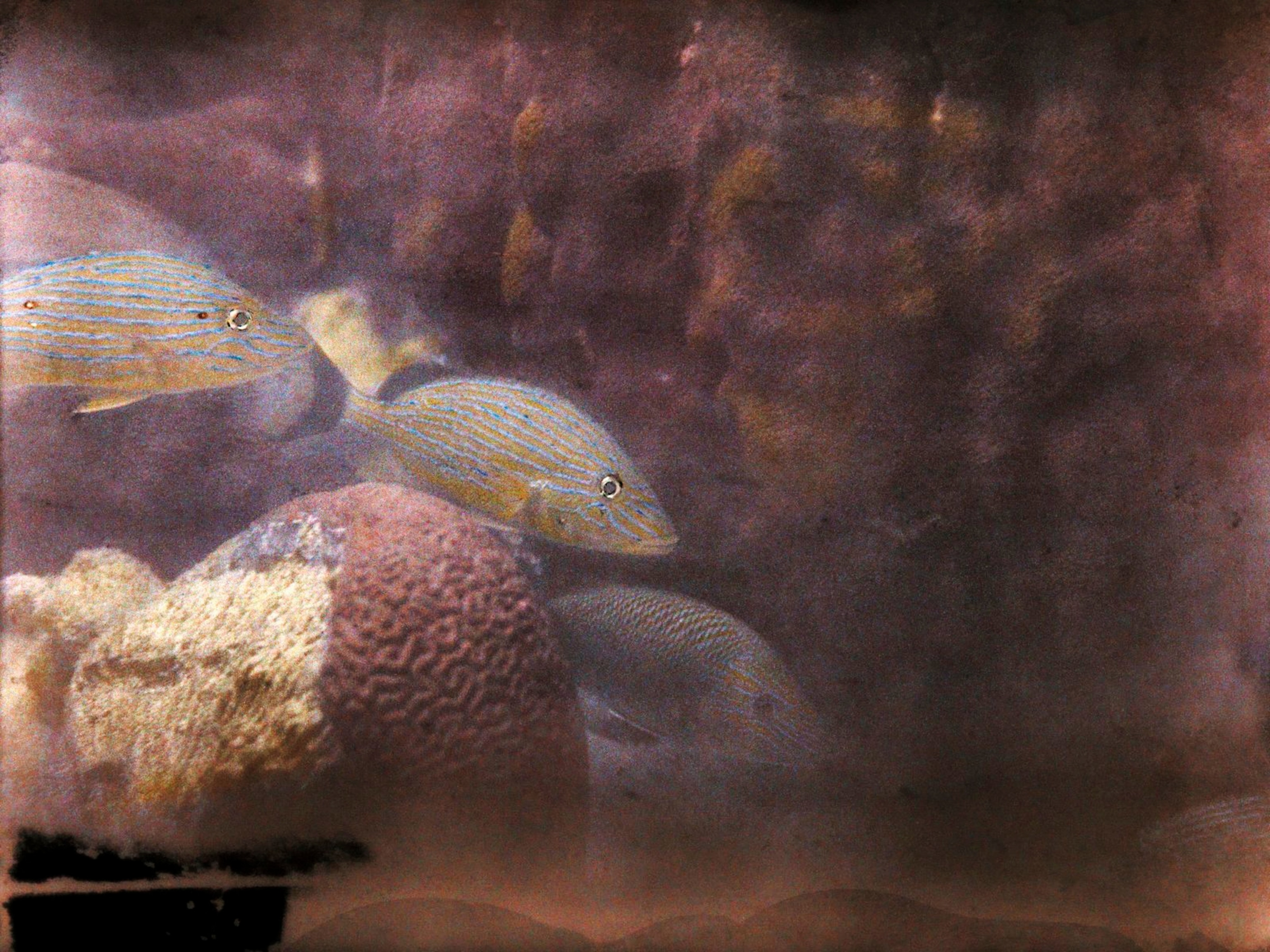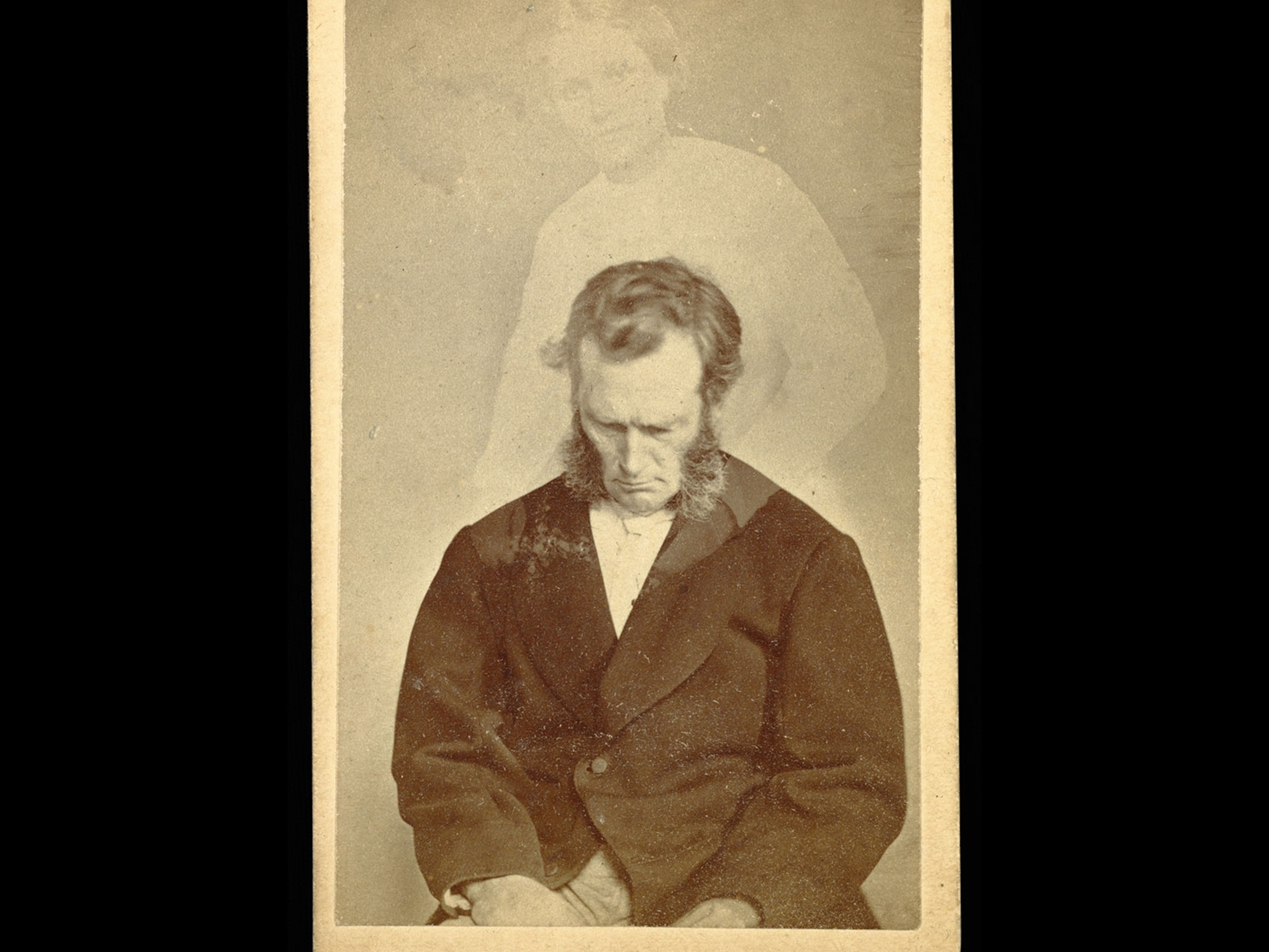Watch a Stunning Time-Lapse Video of California Scenery
Michael Shainblum grew up thinking he wasn't good at anything—until he discovered his knack for beautiful photography.
It's hard to believe photographer Michael Shainblum when he says he thought he was a failure growing up, especially after viewing his gorgeous time-lapse film "Into the Atmosphere."
The film, which showcases the grandeur of California's underexplored wonders, is garnering rave reviews for capturing nature beautifully without relying on cliche California landmarks and settings.
Shainblum answered some of our questions about overcoming learning disabilities and his love for offbeat spots in California.
How did art and photography help you overcome your dyslexia?
As a kid, a lot of people would succeed in certain ways that I couldn't. It took me a really long time to learn how to read and write. As a kid, school takes up a good portion of your life. And I wasn't very good at most academics or sports or athletics. So I was stuck trying to find something that I could be good at or be proud of.
That's where art came in. I was always interested in art. That's always been something that's been with me, and it's grown over time. It was the thing that allowed me to escape, to stop thinking that I'm bad at everything and realize that as a human, I had something to offer.
I get a lot of other emails from other dyslexic artists who say they had the same [experience]. A few of [the letter writers] are parents, too: "Our son was the same way, but we see the potential and talent." It is really heartwarming to see those emails.
Why did you decide to create this time-lapse?
It's been something that I wanted to do for a long time. It's my fourth time-lapse film.
The main goal was to showcase these natural areas, but not the shots that everyone has seen before, like Yosemite. I wanted to showcase all of California. I just wanted to travel and hit every spot that I thought people might enjoy, all sorts of places that aren't that far from a normal city.
I wanted to showcase [these places] and encourage people to get out and see this stuff. Going to a national park is not as hard as you think; it’s not a ten-hour drive. If you're in L.A., you can travel only an hour and get to some interesting places.
How did you scout locations and plan your shoots?
There was definitely some research, but there were also some spontaneous events. You can never really plan out a time-lapse; you go and do the best assessment you can, but it really takes shooting a lot more than you really need. There was a lot of trial and error, and only a tenth of my images made it into my film. I got some local help, too—some photographer friends would give me suggestions.
I'd stay up all night, sleep outside. Sometimes I wouldn't even camp—I'd just sit outside on a chair and lay out on the ground and hang out with the camera.
What are your future goals?
California is where I'm based, where I was born and raised. That said, I want to go to other places now. [Note: All four of Shainblum's previous time-lapse films were set in California.]
I want to take time-lapse in a new direction. The market for time-lapse in the past year or two has been completely oversaturated. I want to try and reshape it.
This interview has been edited and condensed.
Follow Tanya Basu on Twitter.




